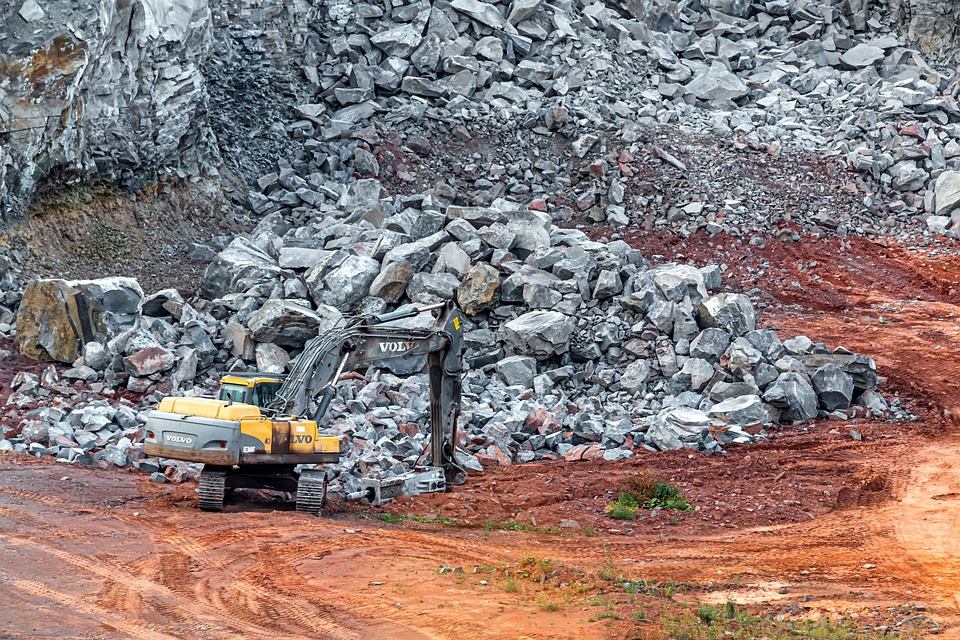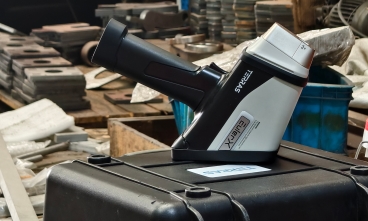
Mining
A high-tech enterprise focusing on the development and application of X-ray technology products, committed to becoming a leading supplier of X-ray industrial testing solutions.
Unlocking the Power of XRF Mineral Analyzers for Precise Mineral Identification
In today’s rapidly advancing scientific landscape, accurate mineral identification plays a crucial role in various industries, including mining, geology, environmental monitoring, and material science. One of the most powerful tools used for mineral analysis is the X-ray fluorescence (XRF) analyzer. XRF mineral analyzers have revolutionized the way geologists and researchers identify and quantify minerals, offering numerous advantages over traditional methods. This article delves into the power of XRF mineral analyzers and their significance in precise mineral identification.
What is XRF?
XRF stands for X-ray fluorescence, a technique used to determine the elemental composition of materials. When a sample is exposed to high-energy X-rays, the atoms in the material are excited, and they emit secondary X-rays or fluorescence. By measuring the intensity and energy of these fluorescent X-rays, the XRF analyzer can identify the elements present in the sample and quantify their concentrations.

Advantages of XRF in Mineral Identification
Non-Destructive Testing: One of the primary benefits of XRF technology is that it is non-destructive. The sample remains intact, allowing for further analysis if needed. This is particularly valuable when dealing with precious or rare minerals.
High Precision and Accuracy: XRF analyzers provide precise and accurate results, even at trace levels. By using sophisticated calibration methods, XRF can differentiate between similar minerals, ensuring reliable identification.
Quick Results: XRF analysis offers real-time results, which significantly speeds up the mineral identification process. This is particularly advantageous in fieldwork, where researchers may need to make quick decisions about the mineral content of a sample.
Portability: Modern XRF analyzers are compact and portable, making them ideal for field analysis. Whether it’s a mining operation or a remote geological survey, these devices provide convenience without compromising performance.
Wide Range of Element Detection: XRF can detect a wide array of elements, from heavier metals like gold and platinum to lighter elements such as sulfur and carbon. This makes it versatile for analyzing various types of minerals.
Cost-Effective: While traditional laboratory analysis methods may require time-consuming processes and significant resources, XRF offers a more cost-effective and efficient solution for mineral analysis.
Applications of XRF in Mineral Identification
Mining and Exploration: XRF is an invaluable tool for mining companies to assess ore grades and identify valuable minerals. By using XRF analyzers on-site, mining operators can quickly determine the mineral composition of extracted rock, enabling them to optimize extraction processes and reduce costs.
Geological Surveys: Geologists can use XRF analyzers to assess mineral deposits and conduct detailed geological surveys. The ability to perform precise and on-site mineral analysis allows for more informed decision-making regarding exploration and resource management.
Environmental Monitoring: XRF is widely used in environmental monitoring to identify and measure the concentration of minerals in soil, water, and air. This is particularly important for detecting contamination or assessing the environmental impact of mining activities.
Material Science: In material science, XRF analyzers help identify the elemental composition of materials used in manufacturing processes, ensuring quality control and adherence to standards.

Terras EulerX500 Handheld Mining Analyzer
The Terra Scientific EulerX 500 handheld XRF analyzer is a fast, accurate, and durable tool designed for mining, exploration, and geoscience. Offering lab-quality results on-site with minimal sample preparation, it detects rare earth elements and key oxides in seconds. With advanced SDD detector technology, it provides excellent resolution and fast analysis of 43 elements simultaneously. The device is ergonomically designed, lightweight, and features a 5-inch color touch screen for easy operation. It is dustproof, waterproof, and built to withstand harsh field conditions, offering low maintenance costs and seamless data management via PC software.
Conclusion
The advent of XRF mineral analyzers has undeniably transformed the landscape of mineral identification. With their precision, portability, and speed, these devices provide essential support in a wide range of industries, from mining to environmental monitoring. As technology continues to evolve, we can expect XRF analyzers to become even more powerful, unlocking new possibilities in mineral analysis and helping researchers and industries make more informed, data-driven decisions.
Join Us
Subscribe to our email list for updates & promotions.



